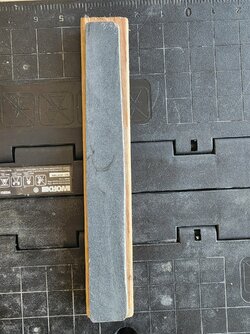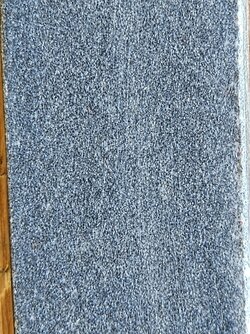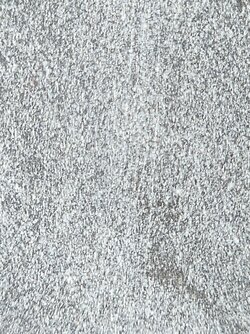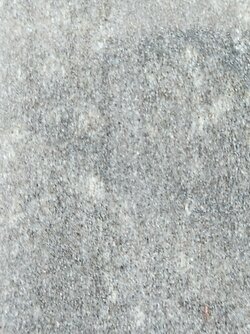Haha!
But yep - there's a ton of variation in Idwals, far more so than Charnleys. Most CFs can finish a razor very nicely, but are a little bit rubbish for knives, but that's not the case with Idwala. At the top end some of them can probably finish a little finer than the finest Charns, at the bottom end they can be Washita-like.
The term 'Grecian' is an interesting one, and I'm not sure anybody knows the etymology of it in regards to whetstones. Though I wouldn't be surprised if it had something to do with their similarity to 'Turkish' stones. Historically it seems to have been used interchangeably with 'Llyn Idwal', but then also (as @Legion said) there was one particular company - James Howarth and Sons - that sold a particular type of Idwal under the name 'Grecian Hone'. And when I use the term I tend to use it to refer to this specific type.
They sit around the middle of the Idwal grit range, but are particularly fast. And they can be distinguished visually; it's slightly difficult to describe but they have swirly black patterns that seem to be below the surface, and so have a holographic 3d effect, which I've tried to capture in the vids below. These 'Grecian Hones' and the Penrhiw Hones (which seem to be a little coarser), would be my favourite types of Idwal.
Youtube resolution really is pretty shoddy isn't it! Perhaps this closeup will work better to show the holographic thing...








